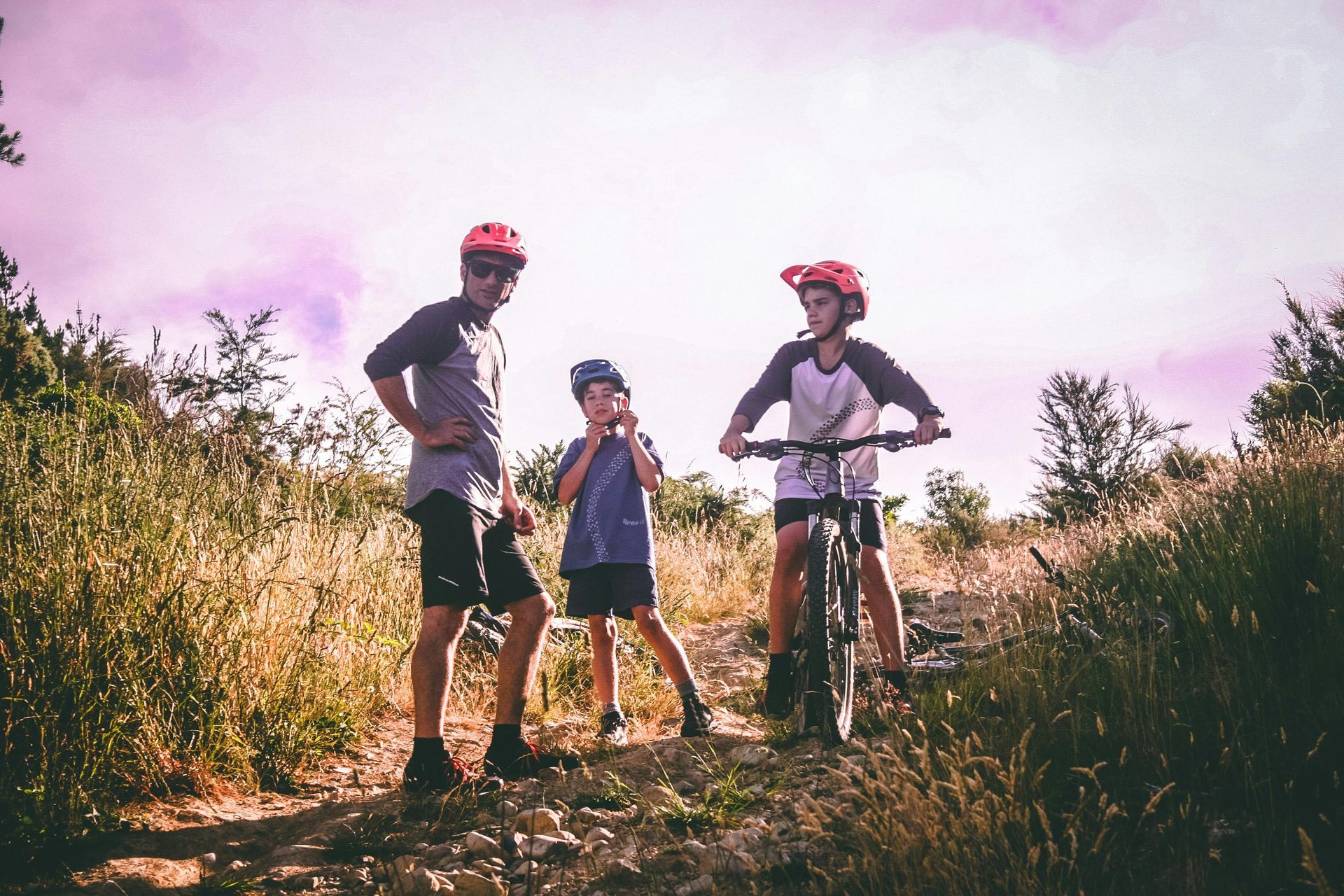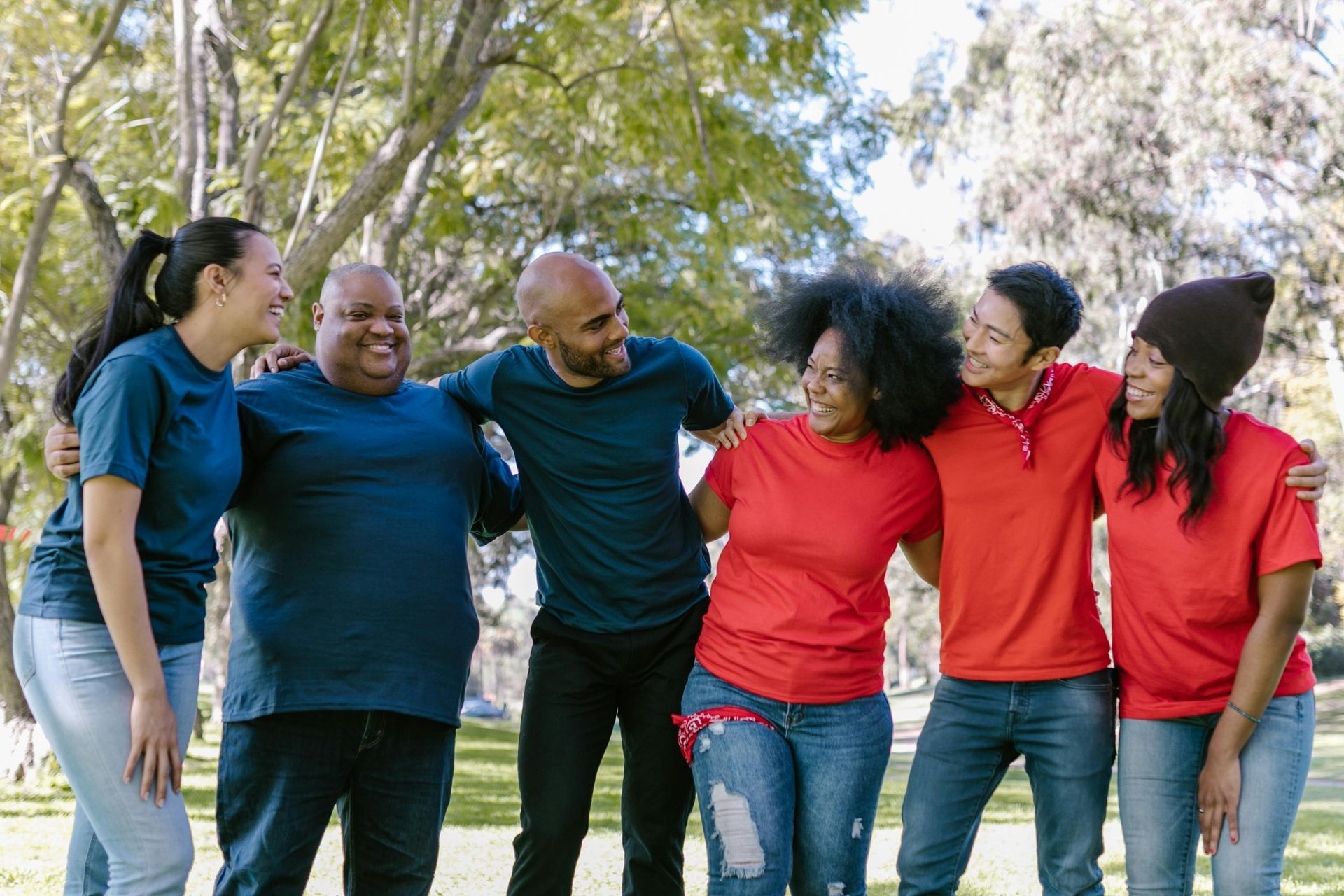The Balancing Act: How to Plan a Successful Excursion for Mixed-Age Groups
Planning School Excursions for Mixed-Age Groups

Planning an excursion for a single year group has its challenges. Planning one that includes both primary and secondary students? That’s a whole different level of complexity. You’re dealing with vast differences in physical stamina, cognitive understanding, and social maturity. An activity that fascinates a Year 10 student might completely overwhelm a Year 6.
I learned this lesson firsthand on a multi-year group trip. We were on a historical walking tour, but what was meant to be an enriching group activity started to fray at the edges. The younger students, with their shorter legs and attention spans, began to lag, their initial excitement fading into fatigue. At the same time, the older students, who could easily handle the pace, grew restless and disengaged.
The solution was simple but effective: we adjusted our pace and briefly split the students into two sub-groups with their dedicated leaders. This allowed us to tailor the content and pace to each cohort before regrouping. It was a crucial reminder that when managing mixed ages, you can't have a one-size-fits-all approach.
Successfully managing a mixed-age excursion is a balancing act, but with the right strategies embedded in your planning, you can create an inclusive and rewarding experience for everyone.
1. Design for Difference: The Art of Differentiated Planning
Your itinerary needs to be flexible enough to cater to everyone. Instead of creating a single rigid activity, design tasks that can be adapted for different energy levels and abilities.
Think of it like this: on a museum trip, the core activity might be to visit the same exhibit. However, the younger students could have a visual scavenger hunt to complete, while the older students are given a worksheet with more analytical questions. Both groups are engaged with the same material but in an age-appropriate way. Build in optional "stretch" activities for older students and ensure there are low-energy alternatives for when younger ones need a break.
2. Smart Supervision: Allocate Leaders by Cohort
Effective supervision here is about more than just maintaining the correct ratio. To be truly effective, assign specific trip leaders to each age group. A leader who is focused on the primary students will be better attuned to their needs—spotting fatigue, pre-empting squabbles, and keeping them on task. Likewise, a leader assigned to the secondary students can focus on fostering deeper engagement and managing their different social dynamics. This allows leaders to build rapport and provide more targeted support.
3. Speak Their Language: Adapt Your Communication
How you deliver instructions is critical. When addressing the entire group, use clear, simple, and direct language that your youngest student can easily understand. Save more complex explanations or abstract concepts for when you are speaking only to the older cohort. For younger students, supplement verbal instructions with visual cues or checkpoints to help them process information.
4. Build in Unity: Schedule Strategic Rest and Regroup Points
While splitting into smaller groups is effective, you also need moments that reinforce a single group identity. Intentionally build "regroup points" into your schedule. These are planned stops where everyone comes together, not just for a headcount or a toilet break, but to share what they’ve seen or learned. These moments prevent permanent cliques from forming and can even create opportunities for positive mentorship, where older students can share their experiences with the younger ones.
Turning a Challenge into an Opportunity
A mixed-age excursion presents unique logistical and safety considerations that must be addressed in your risk assessment. But beyond the risks, there lies a fantastic opportunity. When planned thoughtfully, these trips can foster leadership, empathy, and a strong sense of community.
By planning for differentiation and building a flexible structure, you don’t just manage a challenge you create a truly inclusive and memorable experience for every single student.











